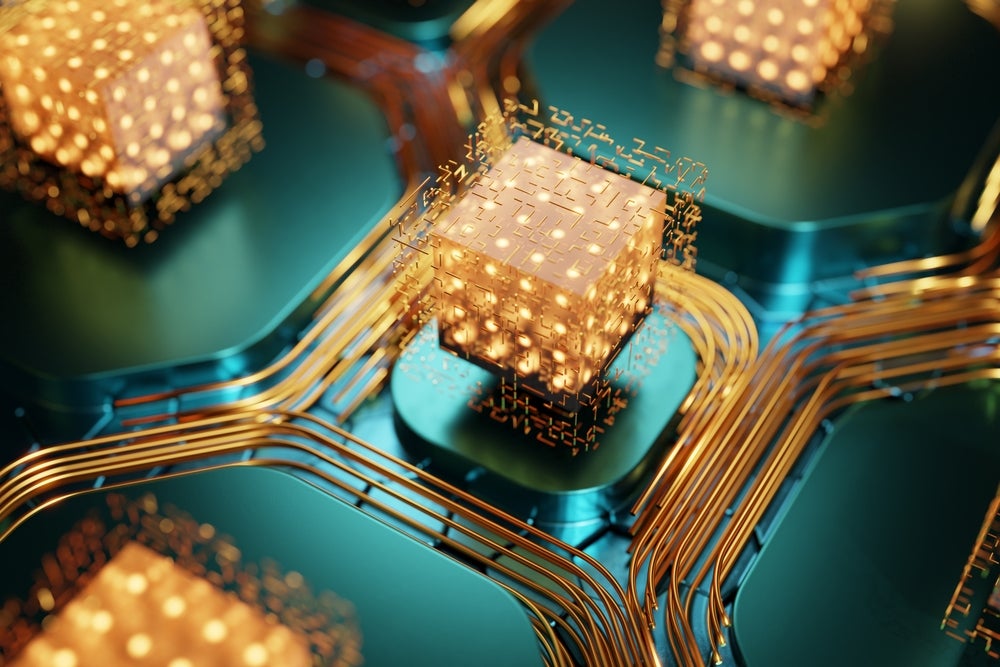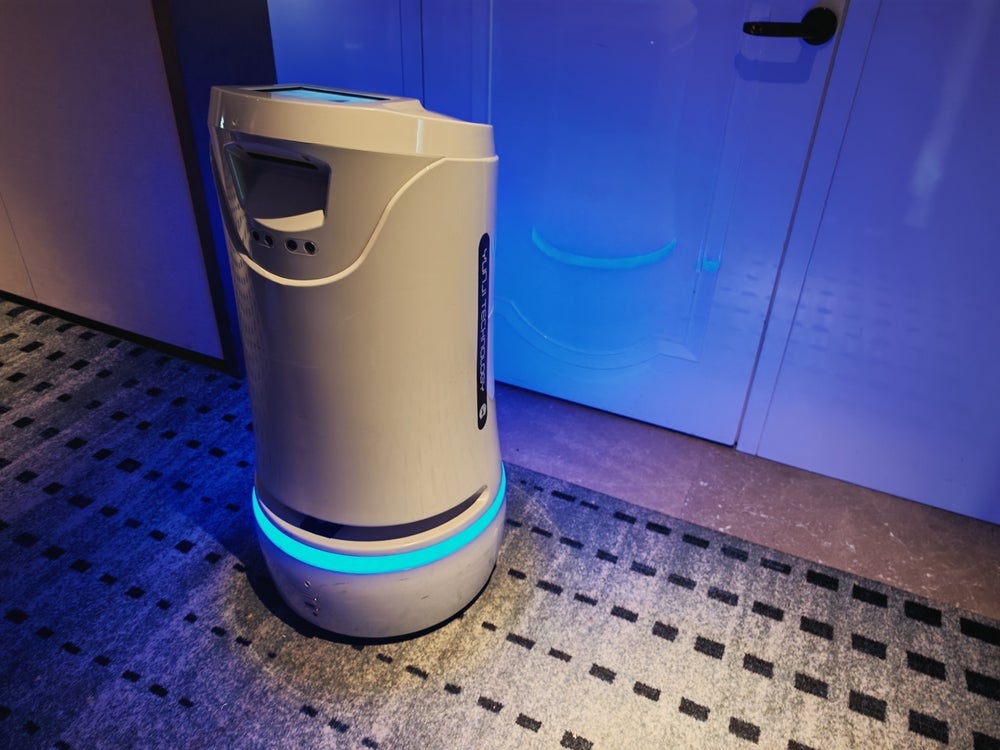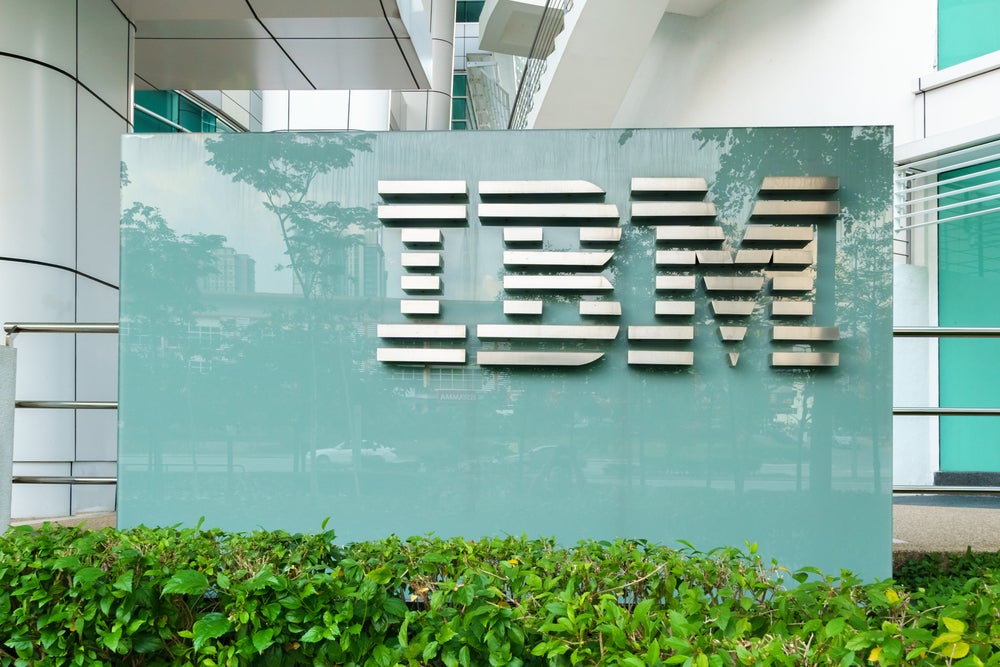Quantum computers are machines that use the properties of quantum physics to store data and perform computations.
While classical computers transmit information in bits (short for binary digits), quantum computers use qubits (short for quantum bits). Qubits possess special qualities that are integral to quantum technology.
One of these properties is the ability to exist in multiple states at once, known as superposition. This means that the qubit is has a probability of being measured as either 0 or 1, with its exact state only determined when it is measured definitively. Another property is the ability for qubits to exhibit correlations in their states that persist even when separated by incredible distances, known as entanglement.
Qubits: exploiting the mysterious properties of quantum mechanics
Qubits are notoriously fragile, with their quantum states easily disrupted by environmental noise, leading to errors in computations—a phenomenon known as decoherence. Maintaining qubits in a stable state requires sophisticated and costly infrastructure, such as cryogenic systems, which limits the scalability and accessibility of quantum computers. Qubits are at the heart of both the promise and the challenges facing the field today, with quantum computing companies employing various methods of creating them.
The current state of quantum computing is a landscape of both remarkable progress and formidable challenges, centered around the development and management of qubits. Recent breakthroughs have showcased the potential of qubits to perform calculations beyond the reach of classical computers, with companies and research institutions making strides in enhancing qubit coherence times and system stability.
On the darker side, the advancement of quantum computing raises concerns about the adequacy of current cybersecurity measures, as future quantum computers could potentially compromise existing encryption methods.
Majorana 1 and Microsoft’s path to greatness
Microsoft, a major player in the quantum computing space, has shaken the industry with its claim that it has found a path towards creating an 8-qubit chip that could someday lead to the realisation of a chip that can handle a million qubits (the current record for most usable qubits in a quantum computer, held by Atom Computing, is 1,180).
To do this, Microsoft harnesses the power of topology, a branch of mathematics that observes how certain properties remain unchanged under continuous deformations.
While there are many methods for creating qubits, such as using superconductors or trapping ions, Microsoft employs something called ‘topological superconductors’. It aims to harness the emergent (meaning the properties of many particles interacting, not just one) topological quantum state to create topological qubits, using materials such as nanowires.
Topological qubits are in a conserved state meaning that small local errors or noise do not affect the stored information, as they do not alter the global topology. Microsoft uses these topological superconductors to create a certain type of topological state, known as ‘Majorana Zero Mode’, after which the chip is named. In short, this new method allows for qubits to become more stable and resistant to errors, allowing for scalability.
The goal of using its ‘topoconductors’ is to observe and control Majorana particles to produce more reliable and scalable qubits, which are the building blocks for quantum computers.
We must reiterate that the Microsoft circuit has to be cooled down to below -273 Celcius.
The ultimate goal is to scale up to a point where a million qubits can be held on a chip that can fit in the palm of one’s hand. However, there are still challenges to maintaining its computing power such as the controlled setup and cooling systems needed to maintain conditions for their operation, which adds to the current challenge of scalability and commercial availability.
The future of quantum computing
As impressive as all that sounds, one might wonder why these matters and why anyone outside of quantum computing should care. This is because the possibilities quantum computing offers transcend the world of scientists, offering solutions to many of the complex problems we face today.
A million qubits are thought to be the threshold for quantum computers to deliver groundbreaking real-world solutions. Some of the areas that stand to benefit are drug discovery and material sciences.
Quantum computing can simulate molecular and chemical interactions at an unprecedented level of detail, potentially leading to the discovery of new drugs and materials. This capability could accelerate the development of pharmaceuticals and advanced materials with specific properties.
Another area is cybersecurity, as quantum computers could break widely used encryption methods, such as RSA and ECC, by efficiently solving problems like integer factorisation and discrete logarithms.
This has led to the development of quantum-resistant cryptographic algorithms to ensure data security in a post-quantum world.
On the other hand quantum key distribution (QKD) promises to revolutionise the secure transmission of encryption keys used for public key encryption. Companies have already started to commercialise QKD solutions that initially will transmit over 100-150 km quantum entangled keys at a date rate of 1 Mbps.
If the entangled quantum key is intercepted by a third party the receiver will know that the key has been read because the state will have changed and thus the receiver will know to to ignore the corrupted key.
The race is on
The race to develop low-noise, reliable quantum computers with thousands and even millions of qubits is in full force globally. Microsoft’s research has presented an alternate path to building quantum computers by exploiting a unique topological phenomenon that can be used to realise stable and robust qubits.
Reaching the threshold needed for evoking real-world change stands to transform various industries from pharmaceuticals to cybersecurity.








